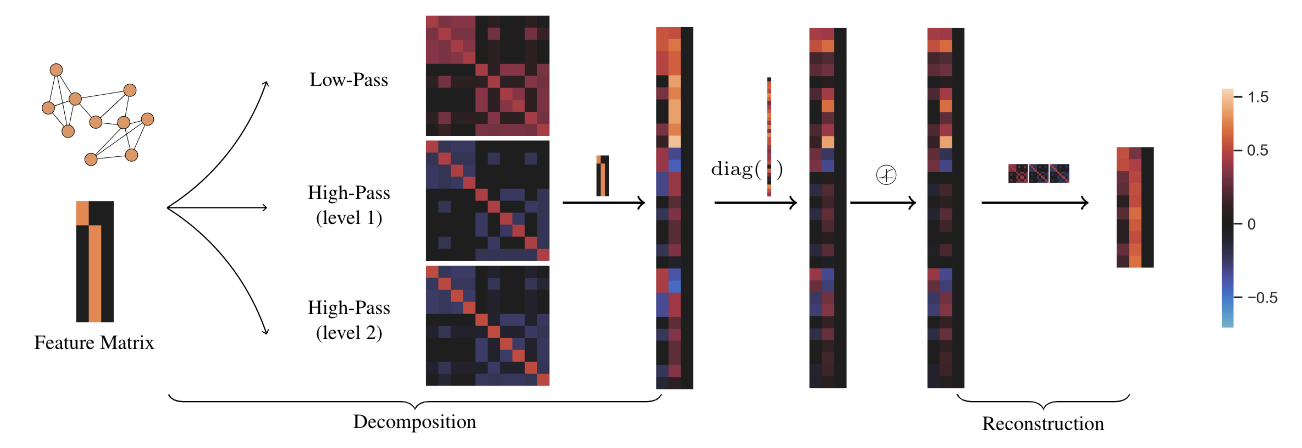How Framelets Enhance Graph Neural Networks
This paper presents a new approach for assembling graph neural networks based on framelet transforms. The latter provides a multi-scale representation for graph-structured data. We decompose an input graph into low-pass and high-pass frequencies coefficients for network training, which then defines a framelet-based graph convolution. The framelet decomposition naturally induces a graph pooling strategy by aggregating the graph feature into low-pass and high-pass spectra, which considers both the feature values and geometry of the graph data and conserves the total information. The graph neural networks with the proposed framelet convolution and pooling achieve state-of-the-art performance in many node and graph prediction tasks. Moreover, we propose shrinkage as a new activation for the framelet convolution, which thresholds high-frequency information at different scales. Compared to ReLU, shrinkage activation improves model performance on denoising and signal compression: noises in both node and structure can be significantly reduced by accurately cutting off the high-pass coefficients from framelet decomposition, and the signal can be compressed to less than half its original size with well-preserved prediction performance.
PDF Abstract


 OGB
OGB